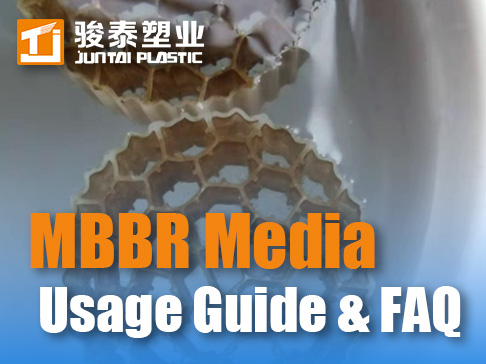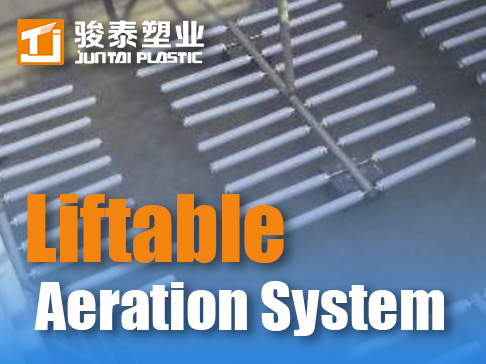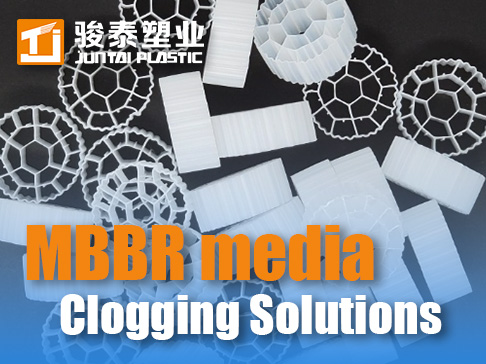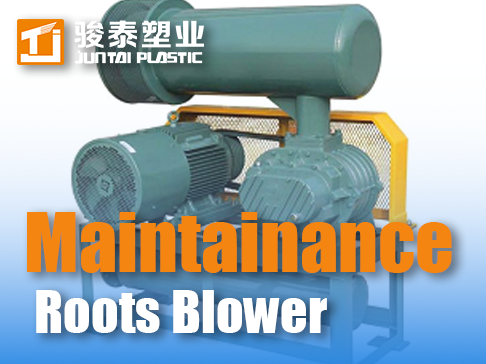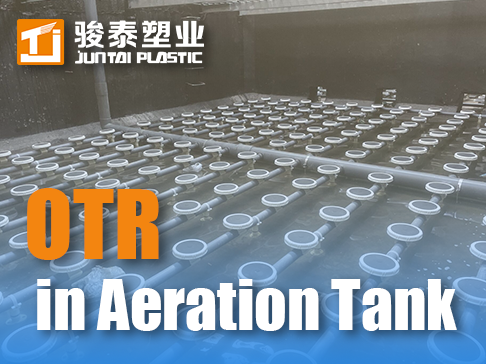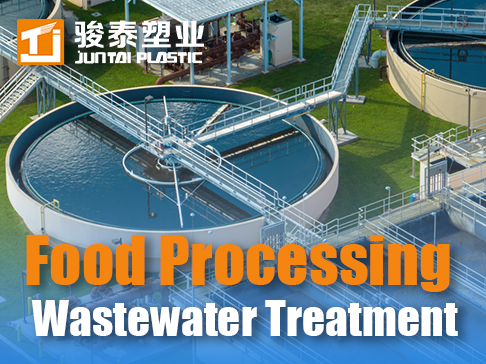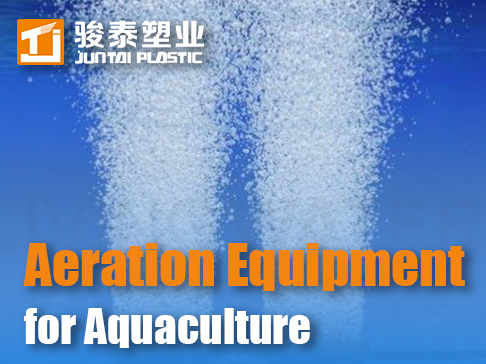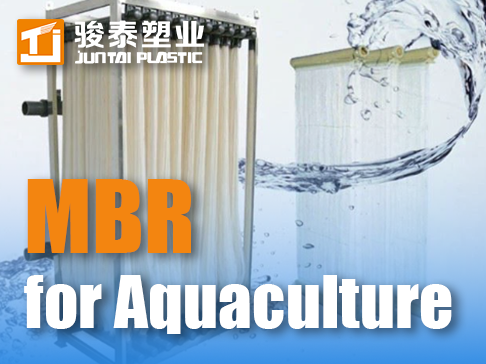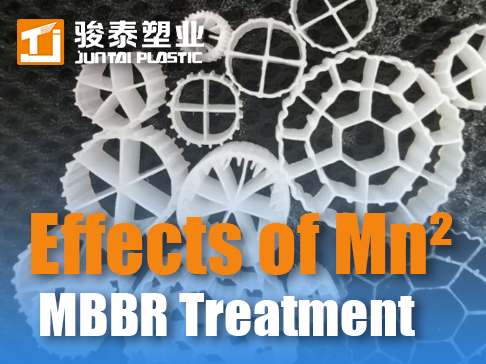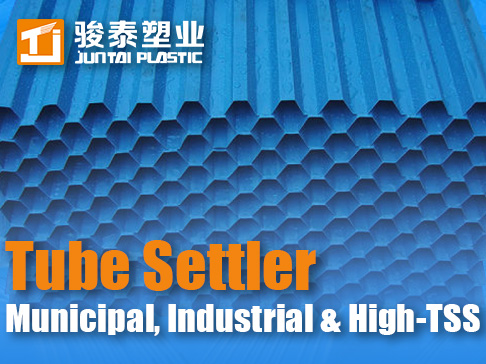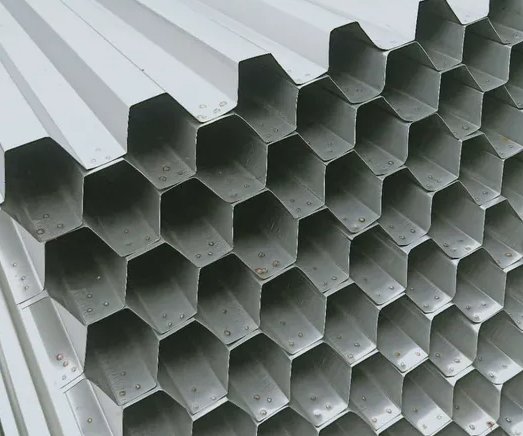 +86 13600513715
+86 13600513715 The Hidden Geometry of MBBR Success: How Surface Texturing Enables 10-Year Stable Operation in Municipal WWTPs
The 5-Year Municipal MBBR Curse: Why Most Carriers Fail
Urban WWTPs face gradual performance decay due to:
⚠️ Pore clogging (50% surface area loss in 3 years)
⚠️ Biofilm stratification (dead inner layers)
⚠️ Mechanical wear (annual 12% carrier attrition)
JUNTAI's 12-year municipal tracking reveals geometric solutions:
Honeycomb Architecture Advantages
1. Hierarchical Porosity
-
Macropores: 2-5 mm (bulk flow channels)
-
Mesopores: 200-500 μm (bacterial colonization)
-
Micropores: 5-50 μm (enzyme/nutrient exchange)
2. Isotropic Strength Design
-
Wall thickness: 0.8 mm (vs 0.5 mm standard)
-
Compressive strength: 15 MPa (2X industry average)
3. Self-Pruning Channels
-
Hydraulic shear automatically removes dead biofilm
-
Maintains 85% active biomass over 10 years
Municipal Performance Metrics
| Parameter | Standard Carrier | JUNTAI Honeycomb |
|---|---|---|
| Effective Lifespan | 5 years | 10+ years |
| Winter Nitrification | 45% | 85% (+89%) |
| Sludge Yield | 0.3 kgDS/kgCOD | 0.18 (-40%) |
Case Study: Harbin 100,000m³/day WWTP
-
Challenge: Sustained -20°C winter operations
-
Solution: JUNTAI 70% fill ratio honeycomb carriers
-
Results:
✅ Consistent NH3-N <1.5 mg/L at 8°C
✅ Zero carrier replacement in 8 years




